The History of the Rolex Explorer, The All-Rounder Watch Personified
One of the simplest and most iconic sports watches to wear the Crown.
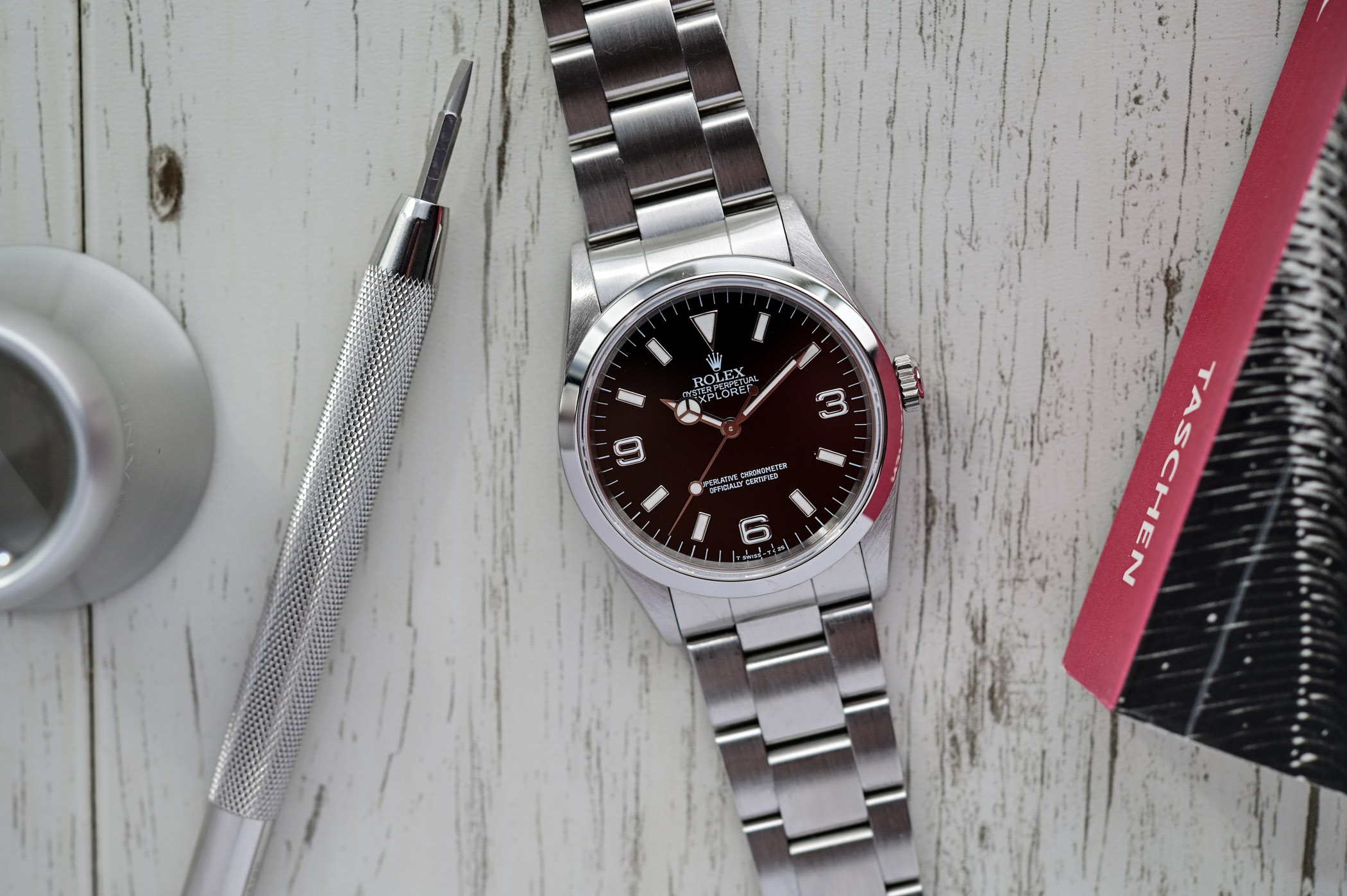
Rolex has never been known as a watchmaker of grand complications. The core of its portfolio consists of purposeful and precise sports watches with a dose of luxury if desired. 904L stainless steel or “Oystersteel” dominates this lineup, but 18k gold in part or in full are popular choices and often a “flex” for business professionals. Two movies that come to mind are Glengarry Glen Ross, where Alec Baldwin’s character belittles underperforming real estate employees with an 18k gold Oyster Perpetual Day-Date, and American Psycho where Christian Bale wears a Rolesor (two-tone) Oyster Perpetual Datejust as a symbol of success. The now legendary Rolex Explorer, however, has a different vibe. Until very recently, that is, but we’ll discuss that later. It is, since its introduction, one of the best definitions of a watch that can do anything, go anywhere and still perform brilliantly.

Launched in 1953 alongside another legend, the Submariner, the Explorer helped define the modern sports watch with a ruggedness initially designed for mountaineering in the Himalayas. As a side note, the Rolex Turn-o-Graph launched that year as well. The Explorer has a reputation to this day as a piece so versatile that it can truly be an only watch or a one-watch-collection. Although the model has evolved over many decades with style and mechanical refinements, it’s by and large the same watch as it was 70 years ago – well, after a few initial adjustments. Steel Oyster case, black dial, Arabic numerals at 3, 6 and 9 o’clock, no date and Mercedes hands, the latter of which was optimal for ample luminescence without cracking (the three bars prevent one giant, uneven blob). These signature Rolex Mercedes hands are an evolution of earlier cathedral counterparts.
Early Developments
The first automatic wristwatch debuted in 1926 and came from Fortis, known as the Harwood. It was a “bumper” auto whose rotor didn’t circle an entire 360 degrees, but stopped at bumpers that limited the swing to about 230 degrees. Rolex perfected the design and brought the first modern automatic to market with the Oyster Perpetual line in the 1930s. A central, unidirectional rotor swung a full 360 degrees for maximum efficiency and the movement featured a 35-hour power reserve, which was nearly three times that of the “bumper” auto. A must-read story to complete the topic is our in-depth history of the automatic watch here.

“Oyster” and “Perpetual” come from two different Rolex milestones and were combined to create the Oyster Perpetual collection, which is certainly vast today. The Oyster case debuted in 1926 with a monumental design that changed the watch industry, featuring a hermetically sealed, water and dustproof build with a threaded caseback and screw-down crown. The aforementioned “Perpetual” automatic debuted in 1931 and the two developments have come to define Rolex as a watchmaker. Hand-wound movements and minimalistic aesthetics were a trend in the 1950s and the Oyster Perpetual models are largely credited with pushing “modern” sport and dive watches to the mainstream. The Submariner changed the game in many ways and competed directly with early divers like Blancpain’s Fifty Fathoms, but the Explorer’s simplicity, robustness and quality were game-changing as well, even if James Bond chose the former. Well, let’s clarify that – the “movie” Bond chose the Submariner, while the “book” Bond wore the Explorer, which was a favourite of author Ian Fleming who himself wore a ref. 1016 Explorer (see below).
1953 – Was Reference 6150 or 6350 the First True Explorer?
There’s a bit of a debate as to what defines the first Explorer model. In 1953, a mountaineering milestone was achieved when Tenzing Norgay and Sir Edmund Hillary were the first men to summit Mount Everest, the highest peak on Earth. A white-dial Rolex chronometer (ref. 6098), generally considered a “Pre-Explorer” accompanied them and survived the very harsh conditions. It was certainly a proof of concept and the Explorer name had already been trademarked months earlier in January 1953. Nothing controversial yet as it’s generally accepted that this wasn’t the first Explorer.

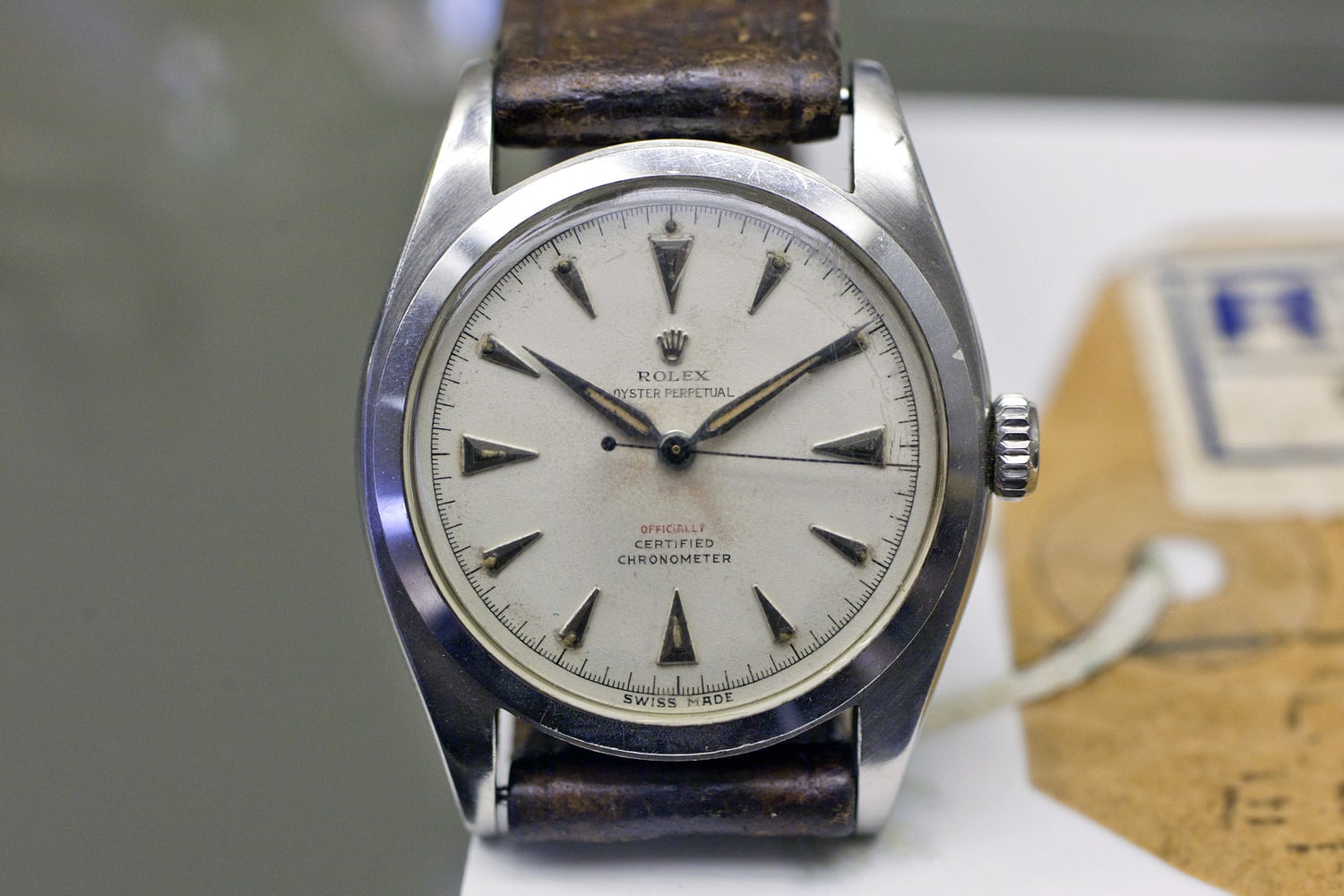
What is up for debate is the next piece, ref. 6150 that had all the hallmarks of the Explorer, just not the name on the dial. Well, most had “Precision” above 6 o’clock, but later examples did have “Explorer” instead. Does this make it the original with inconsistent dial names? Is the Dino a true Ferrari? We tend to say yes to both, but it’s a 70-year-old debate. Like the 6098 Everest piece, the 6150 carried the non-COSC calibre A296.

The next model, ref. 6350, has Explorer printed on all dials (now below 12 o’clock), so many believe that this is the first true Rolex Explorer. For collectors, this is also the most sought-after model and there are interesting variations. Some came with pencil hands over Mercedes, while others had a waffle (or honeycomb) textured dial, solely limited to this reference. Very rare today and predictably very expensive. Both the 6150 and 6350 were introduced in 1953 and were a bit experimental in design as the model was finding its legs. However, both had core Explorer elements with black dials, Roman numerals at 3, 6 and 9 o’clock, a 36mm Oyster case and 50 metres of water resistance. The 6350 generally dialled things in with the standard black gilt dial and Mercedes hands variants.

Interestingly, both the 6150 and 6350 were produced simultaneously, but the 6350 was discontinued in 1954 as production continued on the 6150 until 1959. Another major difference between the two was the calibre A296, which was COSC-certified on the 6350 and even had an option for special temperature oils with an effective operating range of -20C to 40C.
1955 – Reference 6610 and Out of the Prototype Stage
The next Explorer reference is 6610 from 1955 (overlap models remained) and like the 6350, there are distinctive variations within this reference. It ultimately replaced ref. 6150 as 6350 was already discontinued. Early examples had red print just underneath “Explorer” that showed the depth rating of 50 metres, which was removed on later 6610 models. Other variations include differing sizes of the lollipop seconds hand aperture.
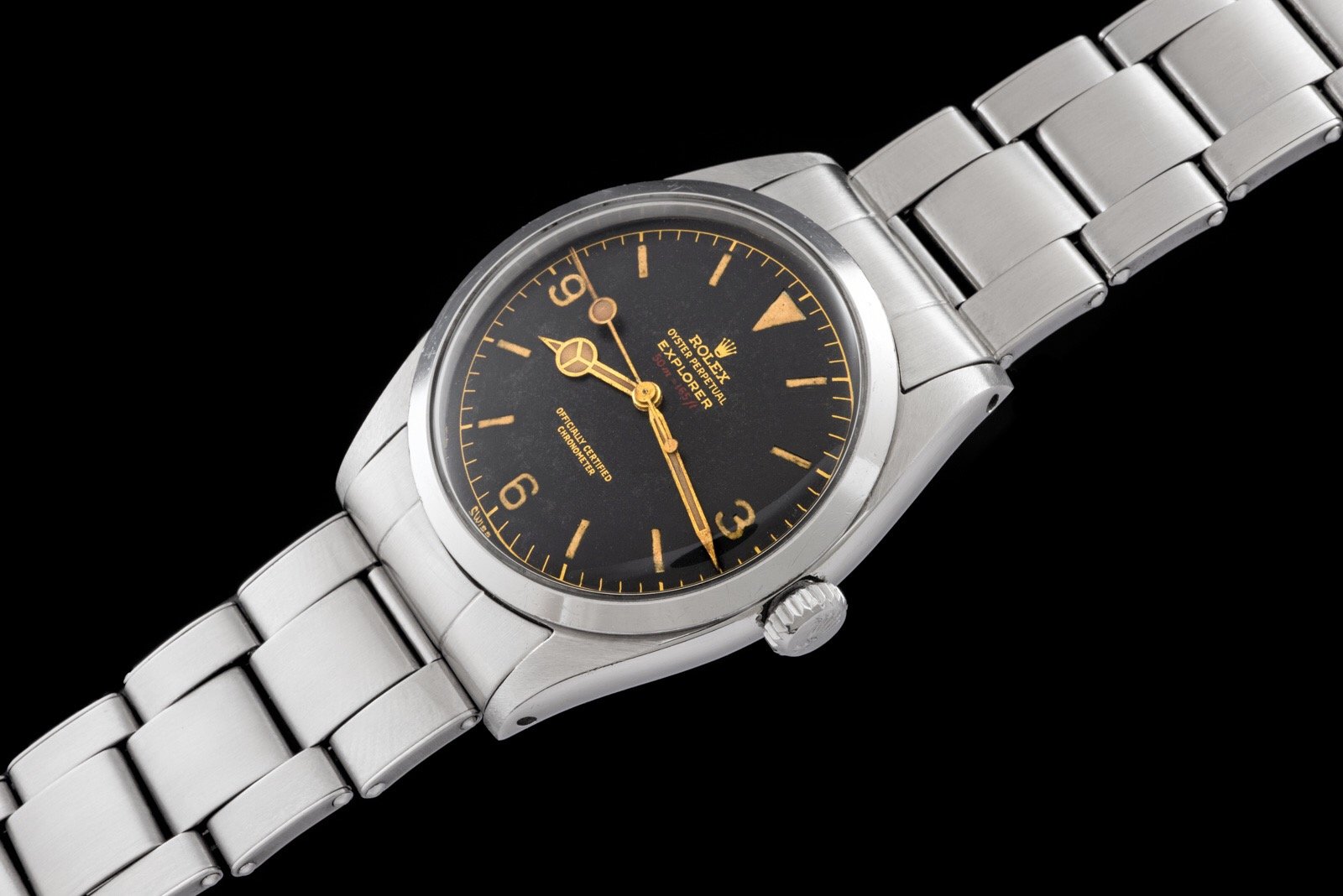
The caseback was a bit flatter than earlier models as well, which is an easy way to differentiate it as other elements are nigh identical. The calibre 1030 allowed for this as prior movements were larger and required the “bubble-back” case for space. The rarest 6610 Explorer had a white dial, affectionately known as the “Albino” model, but most came with lacquered black gilt dials. Luminescence on the dials was radioactive radium, which was common at the time, but soon replaced with the next model. Production of the 6610 models stopped in 1963 and these first three references (6150, 6350 and 6610) are the early models and generally some of the most collectable, while the next reference is more common with a substantial run.
1963 – Reference 1016, The Explorer Found Its Legs
There aren’t many visual differences with ref. 1016, other than “SUPERLATIVE CHRONOMETER OFFICIALLY CERTIFIED” printed above 6 o’clock. This was due to the new calibre 1560 that was now COSC-certified by Rolex. This lasted until around 1967 with a beat rate of 18,000vph, while later 1016 models got the calibre 1570, which had a faster beat rate of 19,800vph. In 1971, the 1570 got hacking seconds and then remained the standard movement for the duration of the long ref. 1016 run. Water resistance also doubled to 100 metres.

Some early models had a small dot under the 6 numeral, which indicated that the luminescence was less radioactive than before, but it didn’t officially mean that radium was replaced with tritium. It’s a bit of a grey area and somewhat mythical among collectors. Just a bit later, the dot was replaced by a thin horizontal line above the 6, which now indicated that the lume was indeed tritium. This isn’t outright confirmed by Rolex, but generally accepted by collectors and historians. By 1967, the traditional lacquered (glossy) black gilt dials were replaced by matte black counterparts with white print, still within the ref. 1016 lineup. The earliest examples had a “frog foot coronet” (the crown logo resembled a frog’s foot) and the tritium was a bit more billowy than before. The lume became flatter and wider in subsequent models, which more closely matched modern examples.

The ”Mark 2” 1016 dials (or second generation) went back to the more standard crown logo as seen on the previous lacquered black gilt dials. Dial variances were minor until the “Mark 5” models that not only had white print, but white lume that replaced the golden hue of prior dials. These final 1016 models provided the most contemporary aesthetic of the series as it’s closest to new models today. The 1016 ran from 1963 all the way to 1989, representing the longest production of an Explorer reference.
Oddball Models – ref. 5500 and ref. 6429
Some unusual Explorer models strayed from the established formula, starting with ref. 5500 that was basically an Air King/Explorer blend. The case was just 34mm in diameter, not 36mm, and had PRECISION or SUPER PRECISION printed above 6 o’clock like the Air King (and early ref. 6150 Explorer models), but EXPLORER was still printed below 12 o’clock. It also had a glossy black gilt dial. This wasn’t so much a production Explorer as it was an experimental run of the Air King in the mid-1960s.

Another anomaly is ref. 6429, also a 34mm piece with an Explorer-themed dial, but only printed with Rolex Oyster at the top and COMMANDO at the bottom. Abercrombie & Fitch was among retailers selling this as a “military” Rolex in the 1960s, but it was a civilian watch replicating the actual military ref. 6429 that didn’t have COMMANDO above 6 o’clock. Only Rolex and Oyster were printed below 12 o’clock on the military watch, which was sold on US military bases as a simple hand-wound piece. The dials had the classic aesthetic of the Explorer, but it’s debatable if these 6429 models were bona fide Explorers. More like Explorer-ish.

1989 – The Arrival of Modern Explorers, the ref. 14270
Following the last of the “old” models (ref. 1016), ref. 14270 brought the contemporary design as we know it today, produced from 1989 to 2001. A new (still 36mm) case design, sapphire crystals that replaced acrylic, applied indices and Arabic numerals that replaced luminescent print, white tritium that soon became Super LumiNova, standard lugs that replaced the traditional drilled and 100 metres of water resistance and matte black dials were now standard. 14270 also upgraded to calibre 3000.
Below, from left to right and from top to bottom: Blackout 3-6-9 and tritium, white 3-6-9 and tritium, Swiss-only dial and Swiss-Made dial (all photos by analogshift.com).
The earliest models were known as blackout models with applied numerals filled with black lacquer from 1989 to 1991 (the indices still had white lume). Subsequent models replaced this with the common white lume-filled numerals and indices. Early models still had drilled lugs and tritium, marked by a small “T” printed below 6 o’clock (as T-Swiss). By 1994, it stopped with the drilled lug design, but kept tritium as the lume. The next step was the move to LumiNova with just Swiss printed below 6 o’clock and ultimately to Super-LumiNova, with the Swiss Made mention.
The calibre 3000 had a high beat of 28,800vph (4Hz) and 42-hour power reserve, and was used for all 14270 Explorers, along with Air King and no-date Submariner models of the time. An unusual feature of this movement was the use of a flat hairspring (no overcoil) without a regulator and simplified adjustable mass balance.
2001 – The Explorer 114270
Little changed between the 14270 and 114270. There’s an upgraded calibre 3000 with the 3130 and a minor difference on the dial. “Swiss Made” under 6 o’clock replaced “Swiss” on the later 14270 models, both confirming the use of Swiss LumiNova (now Super-LumiNova). Production ran from 2001 to 2010. The Calibre 3130 was fitted with a shock and temperature-resistant Parachrom (Breguet overcoil) hairspring and balance bridge over the earlier balance cock. The power reserve also increased slightly to 48 hours. The first two features became signature elements to Rolex Perpetual movements moving forward. The bracelet also now features solid end-links.
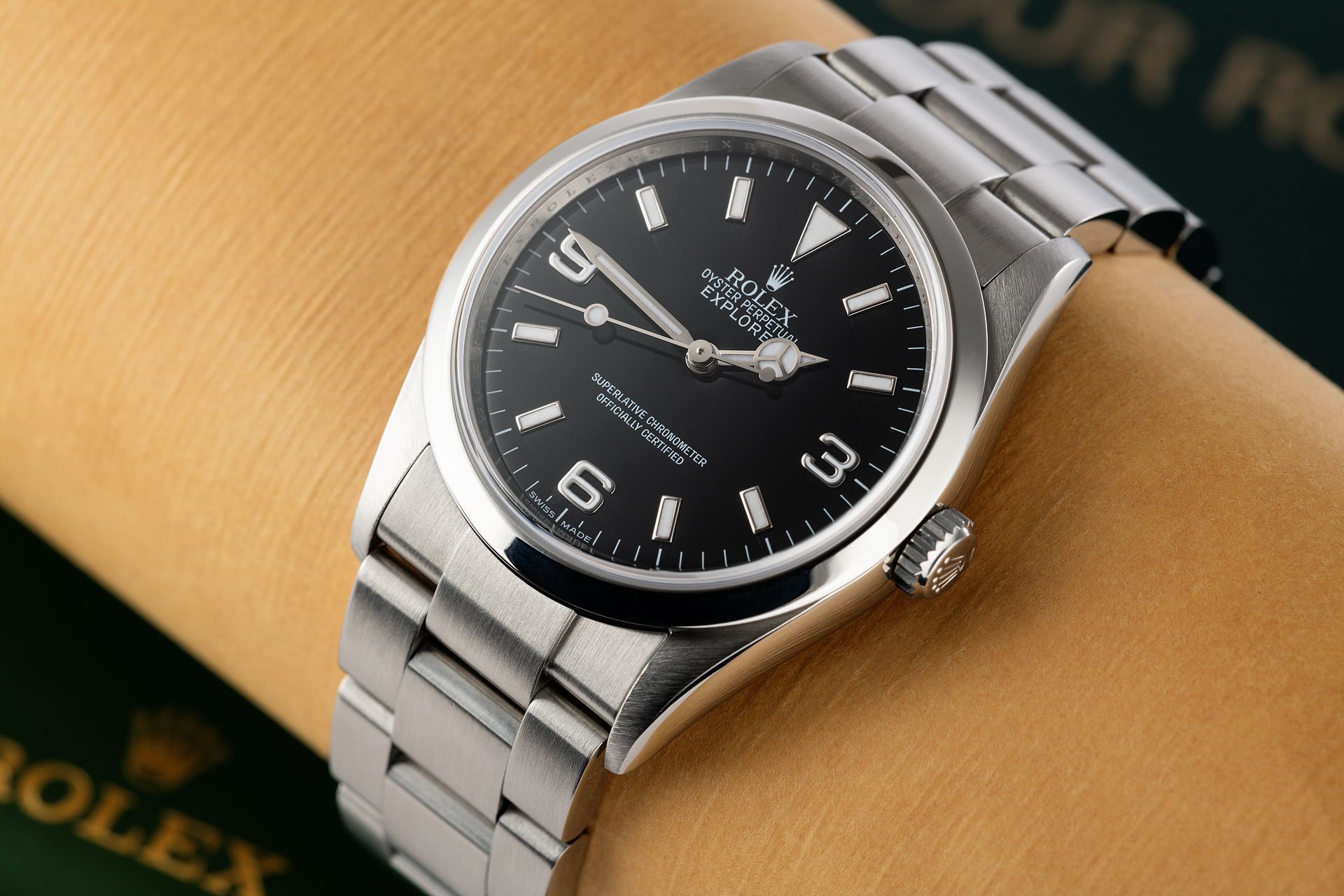
2010 – the Explorer 214270 (Mark 1 and 2), with a New Case Size
Other than a few aforementioned anomalies, Explorer models have always been 36mm in diameter. That changed with ref. 214270 that moved to a 39mm case, which was “shocking” for such a conservative brand at the time. Other changes included a short hour hand that didn’t fully extend to the minute track (due to the larger dial size) and solid white gold Arabic numerals (no lume). That changed to the conventional Arabic numerals with Super-LumiNova and a longer hour hand in the Mark 2 models. Production ran from 2010 to 2016 for the Mark 1 and carried the calibre 3132, which added a new blue Parachrom hairspring and Paraflex shock absorbers for added durability.
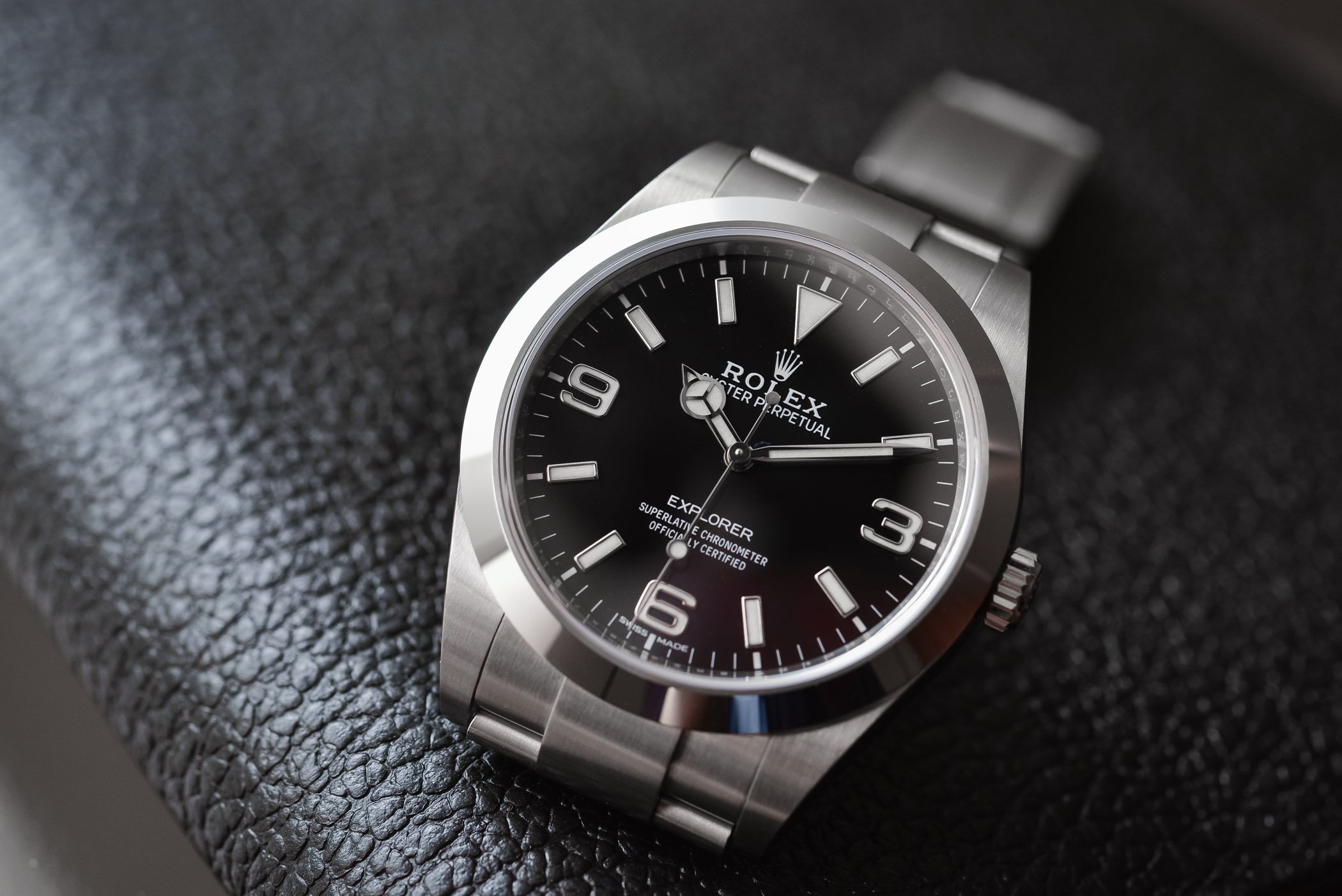
The main changes with the Mark 2 models were the return of a longer hour hand to match the larger dial size and Super-LumiNova in the Arabic numerals. Production of these 214270 models ran from 2016 to 2021.
2021 – Explorer 124270, 127273 and 224270 – Today’s Models; Explorer 36, Explorer 40 and a Rolesor for the first time
The current models haven’t changed much, but also changed a lot. For starters, the case size returned to 36mm, ending the “experimental” 39mm case (more on this below). Although 39mm is still relatively compact by today’s standards and more contemporary for a sports watch, 36mm is the sweet spot for Explorers with over 70 years of tradition. Rolex Oyster cases also tend to wear a bit larger than the dimensions suggest, so the standard Explorer isn’t exactly a “small” watch. However, that sentimentality didn’t last long as ref. 224270 launched in 2023 as the Explorer 40 with a 40mm case. So, this replaces the “notorious” 39mm 214270 models and lives alongside the 36mm watches (those are here to stay), but the larger Explorer case has slowly but surely gained wider acceptance. However, a new monkey wrench was also thrown into the mix – a Rolesor or two-tone model. What!?
Yes, the 124270 was then offered a classic two-tone steel and 18k gold option (under the ref. 124273), what has been a staple of other Oyster Perpetual models such as the Date and Datejust, but many felt it was out of place on the purposeful tool watch Explorer. Fortunately, it’s just an option and many did gravitate to it.
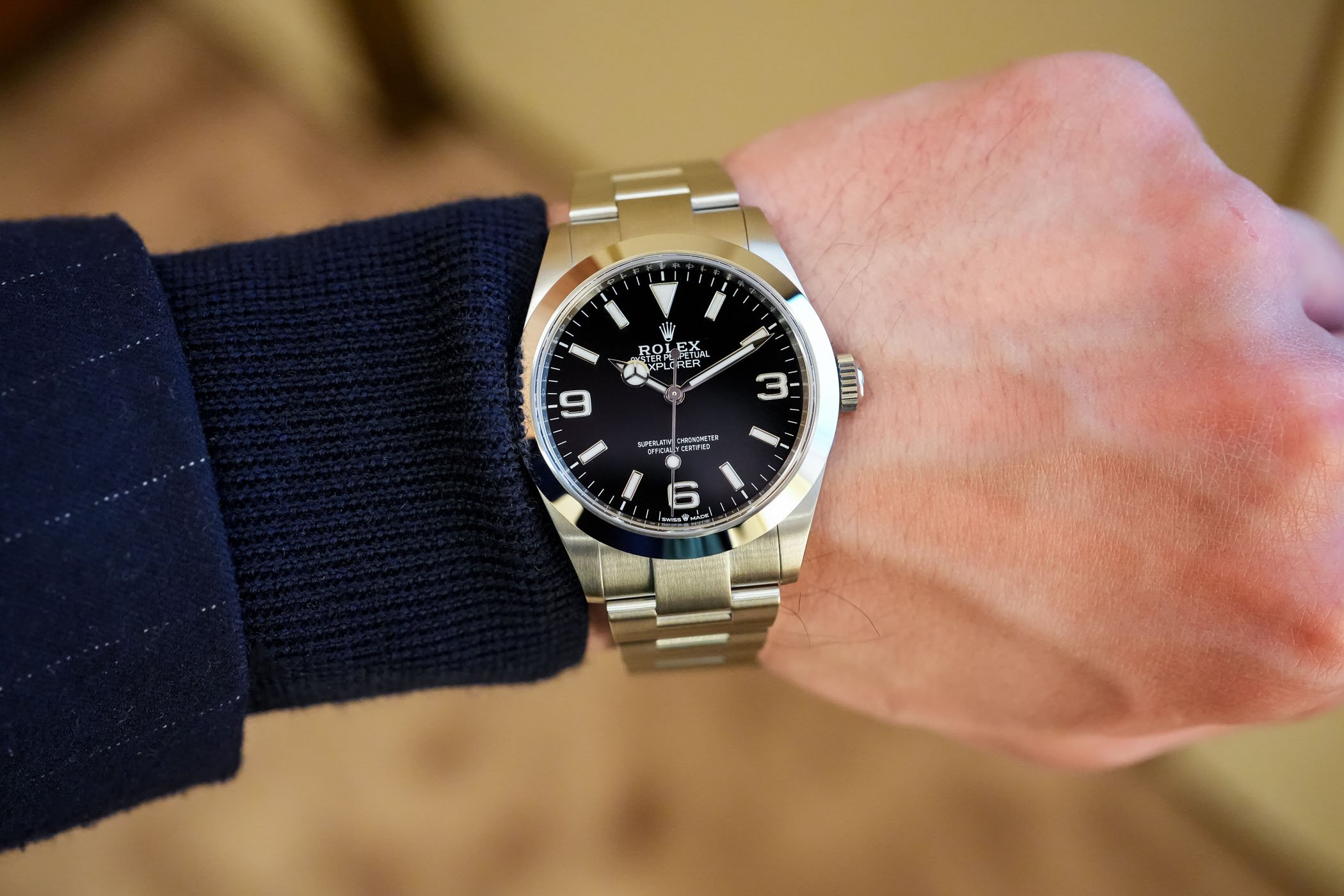
The latest movement upgraded to the calibre 3230, which gained a 70-hour power reserve and Chronergy Escapement (a modified lever escapement that improves efficiency by approximately 15 percent). In short, the new escapement simply uses less material for better, lighter operation and the escape wheel is even skeletonized. Anti-magnetic nickel-phosphorus is used and the escape wheel’s teeth were also modified, along with other geometries for maximum efficiency. This new movement, a Rolex Superlative Chronometer, has an accuracy rating of +/- 2 seconds per day, well beyond a standard COSC rating of -4/+6 seconds per day.
Visually, the 124270 (all steel) models feel almost identical to the previous 114270, other than an added crown between Swiss and Made below 6 o’clock – in reality, the case has been re-shaped and updated. But that kind of epitomizes what makes the Explorer series great – so much has changed, but so much hasn’t. The core Explorer formula has remained faithful since 1953 and a layman would likely have trouble distinguishing a ref. 1016 from a ref. 14270 from a ref. 124270. This doesn’t just apply to the Explorer, but to most Oyster Perpetual models like the Datejust, Submariner and so on. Like the Porsche 911, refinement of a winning design often triumphs over reinventing the wheel, and Rolex remains the top luxury watchmaker for a reason.
Old vs. New
If you’re in the market for an Explorer, you’ve got over 70 years of production to choose from. There’s a lot that goes into this decision and it depends on two main factors – are you a collector or more of a casual Rolex enthusiast. The oldest models will command the highest prices, be the most fragile and temperamental, and show the most patina as early dial lacquers and radium degrade significantly over time. The most popular collector reference is 1016, which had the longest production run (so many are out there) and still displays older case/dial features from the early days – but these can be as modern as the late 1980s. From a price to vintage aesthetic standpoint, you’ll get the biggest bang for the buck with a 1016 model.
That said, if you simply want a solid Explorer with modern reliability and little to no patina, ref. 14270 and onward is the way to go. These have today’s modern aesthetic and more robust features like sapphire crystals, at least tritium and later Super-LumiNova, and better overall movements – what we call here youngtimers. The collectability factor is certainly lower, but many enthusiasts just want a solid, beautiful Explorer that won’t rival the price of a car. Fine examples can be had for under CHF 5,000 today and if you’re keen to have Rolex service the movement and polish the case/bracelet, few will know it’s not a new piece. And for many, that’s exactly what they’re looking for.

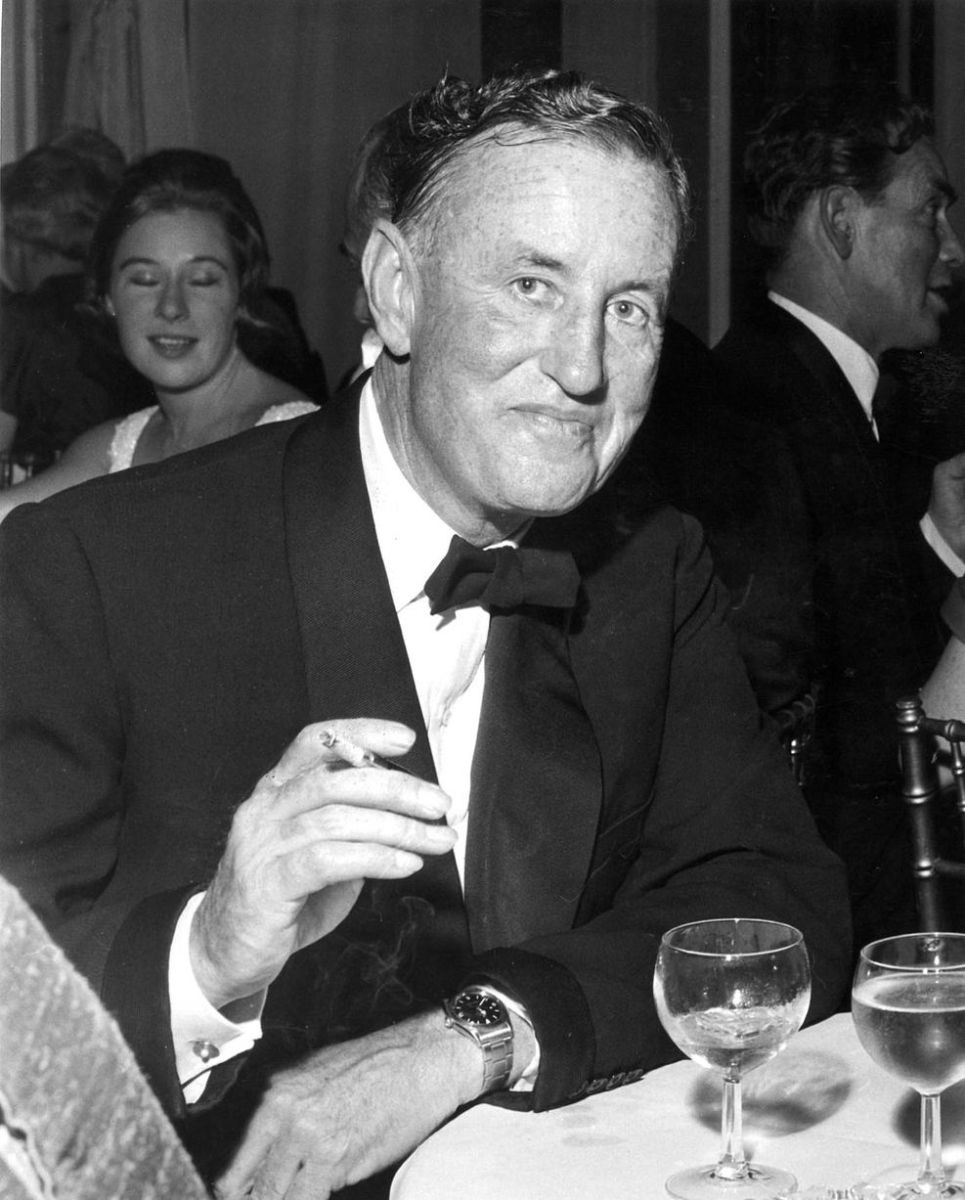
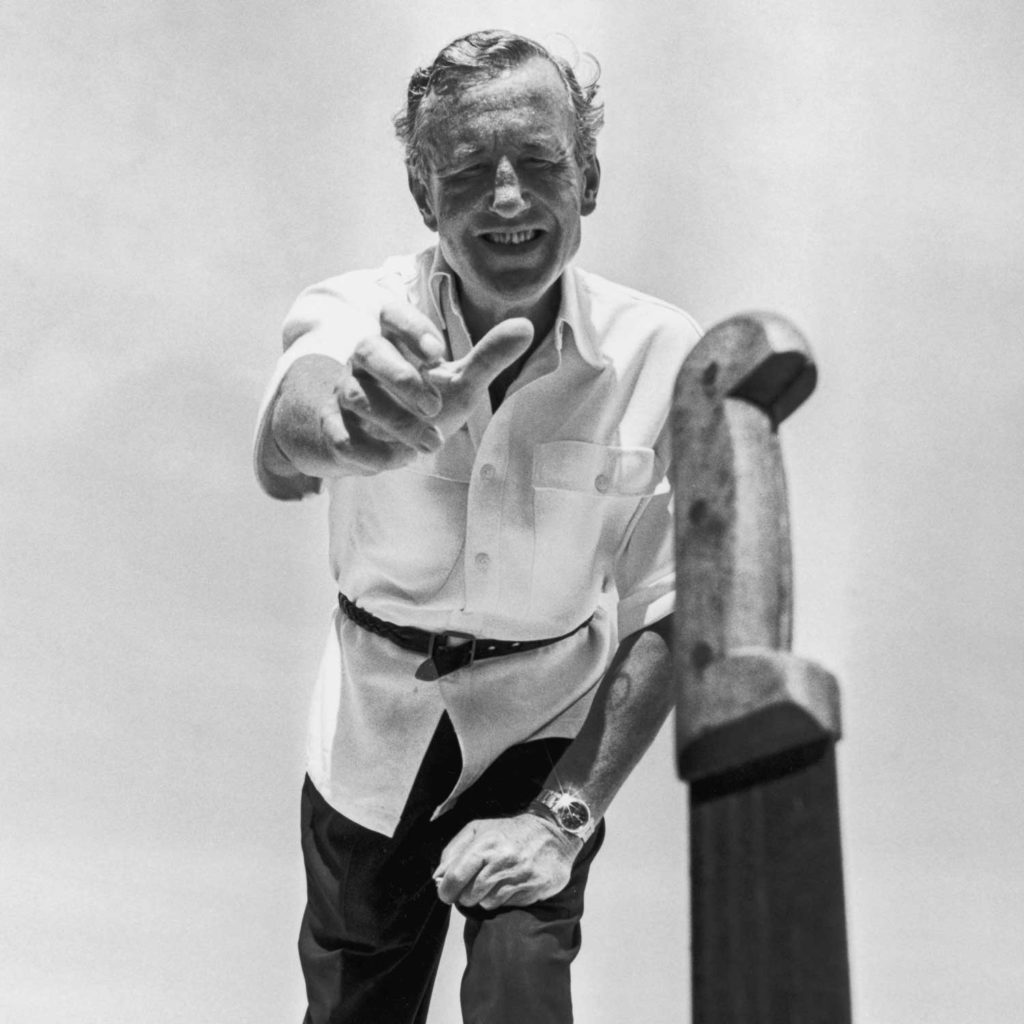
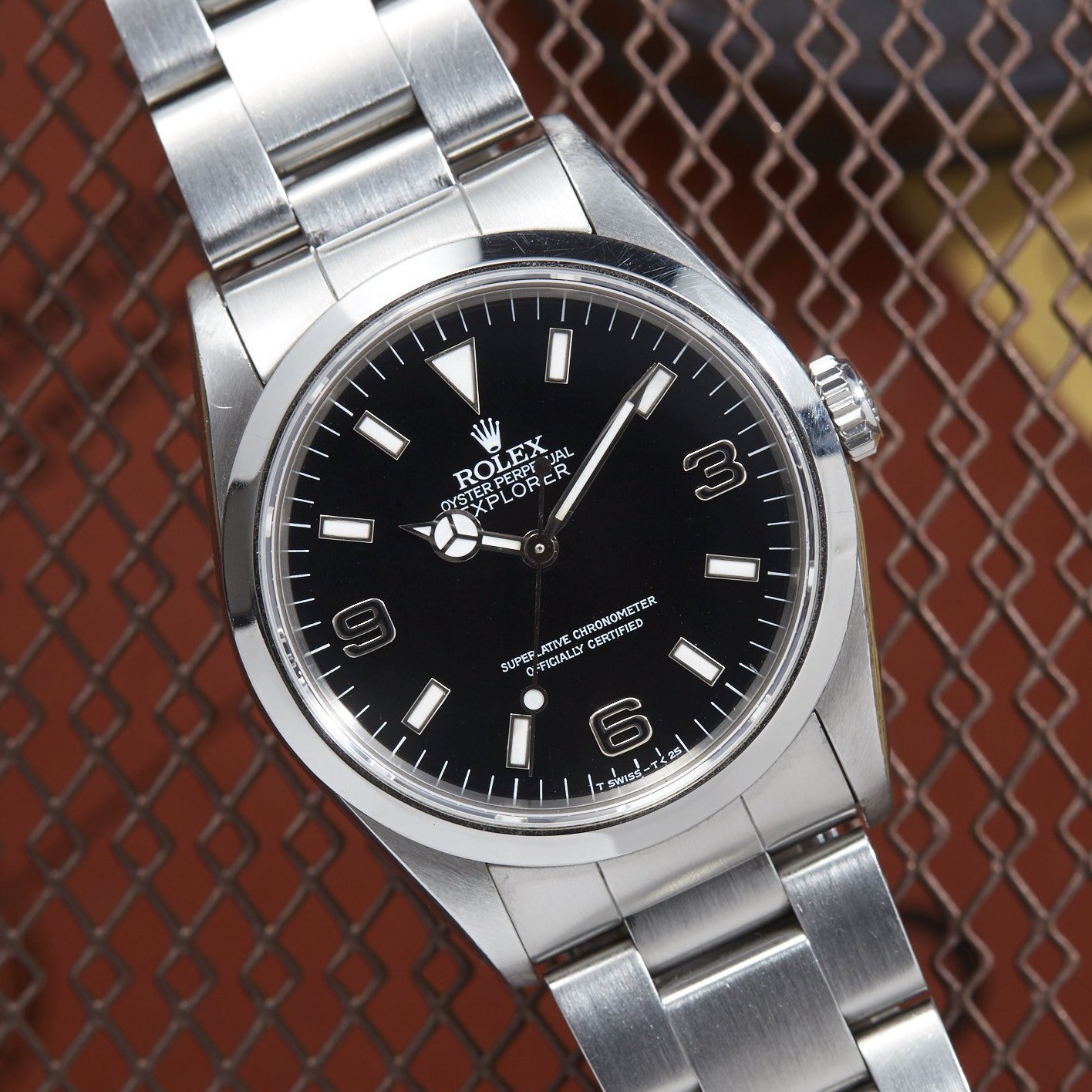
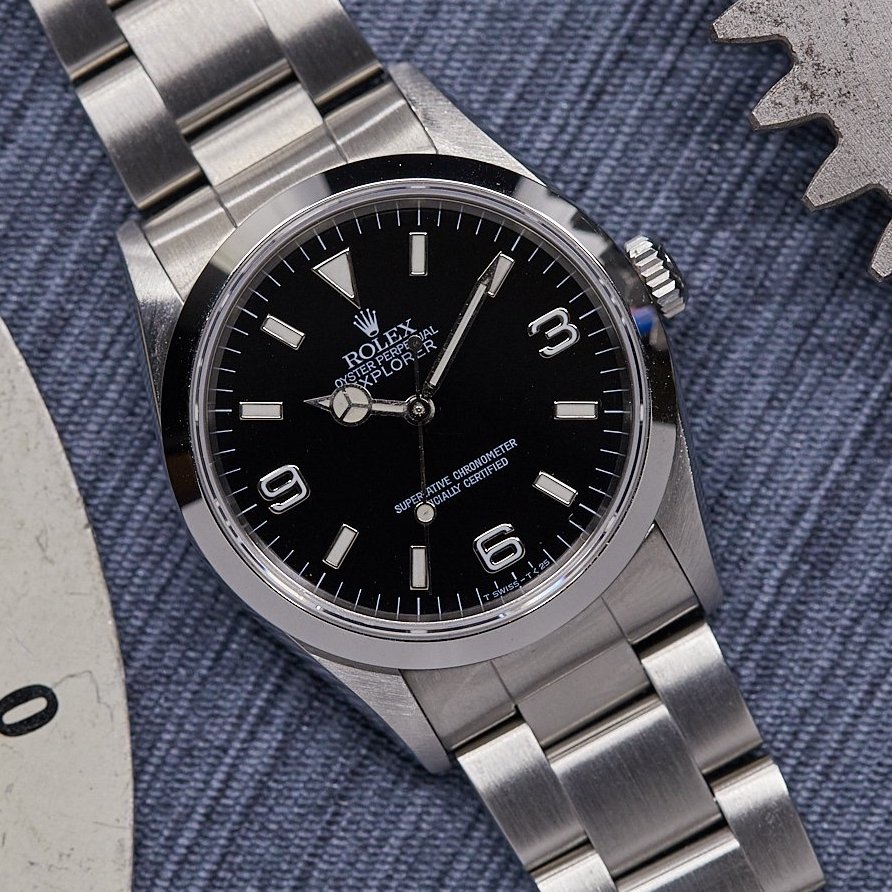
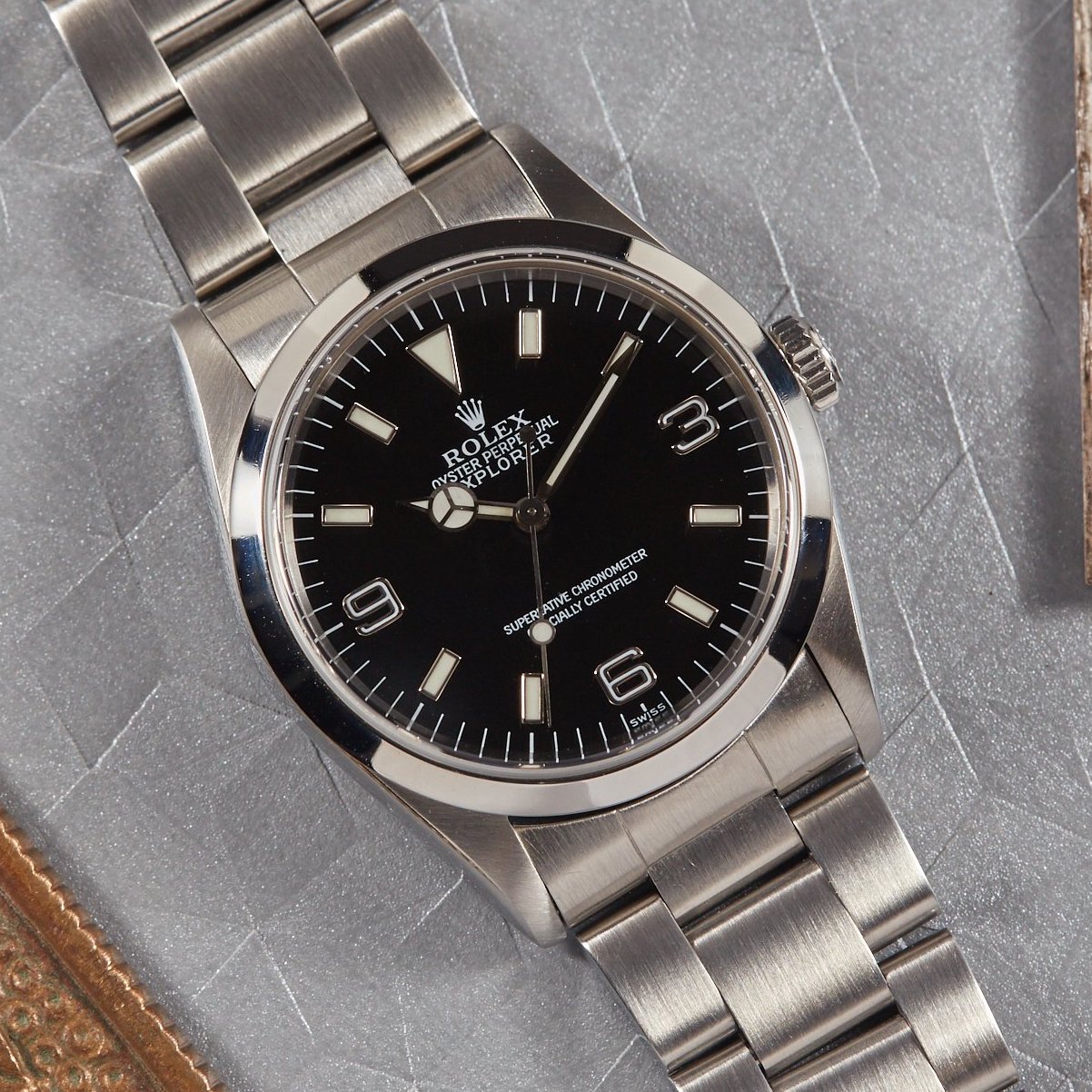
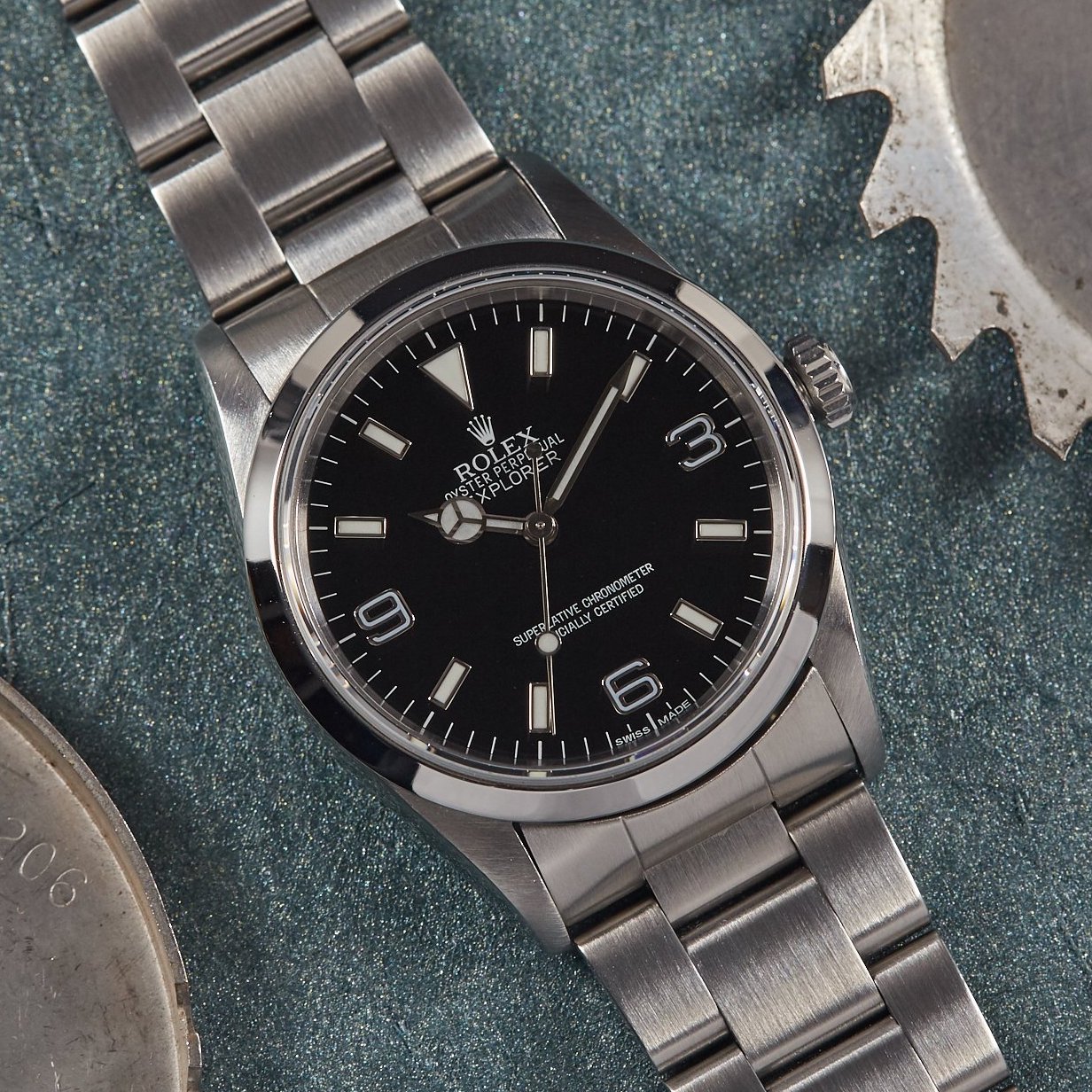
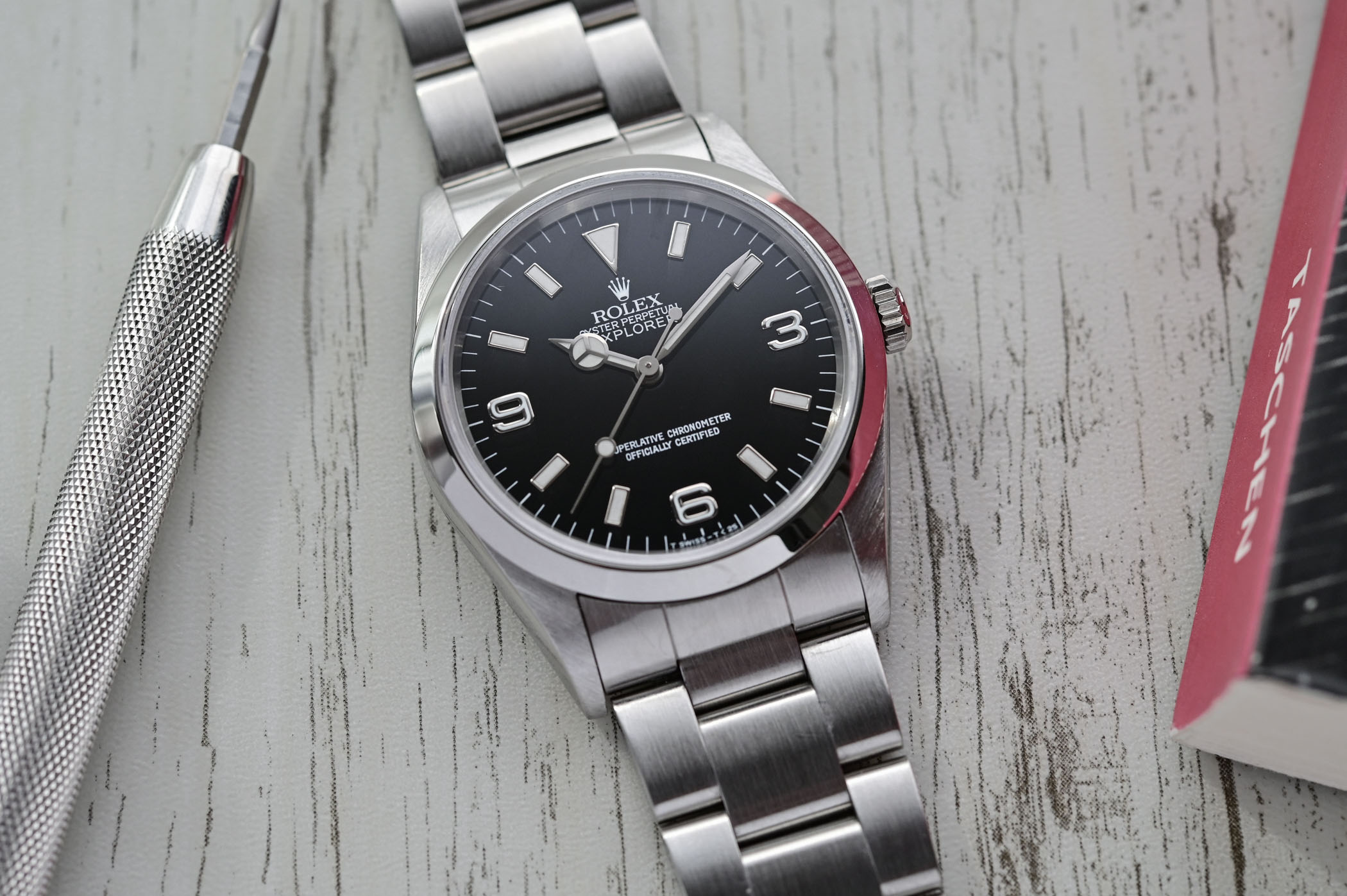
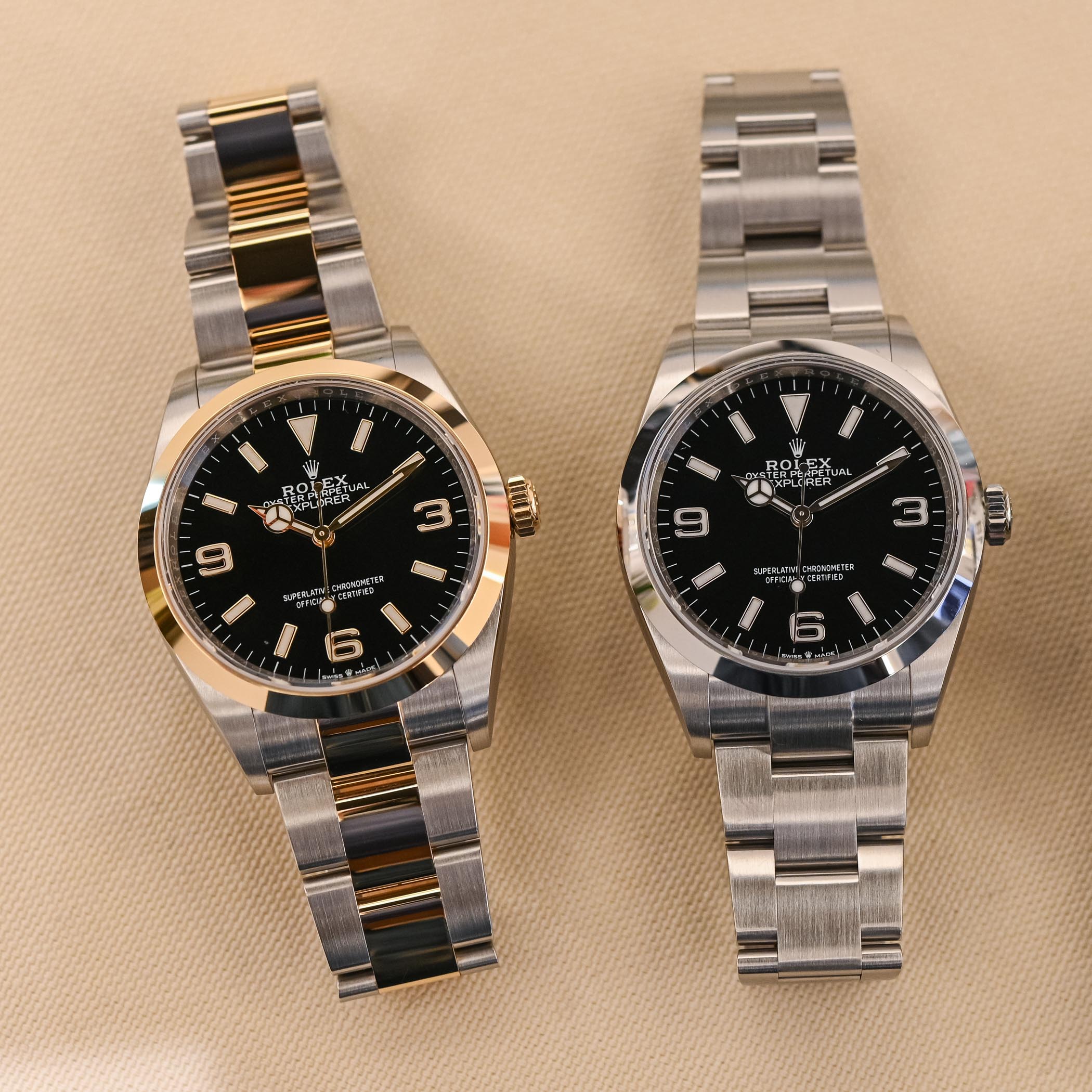
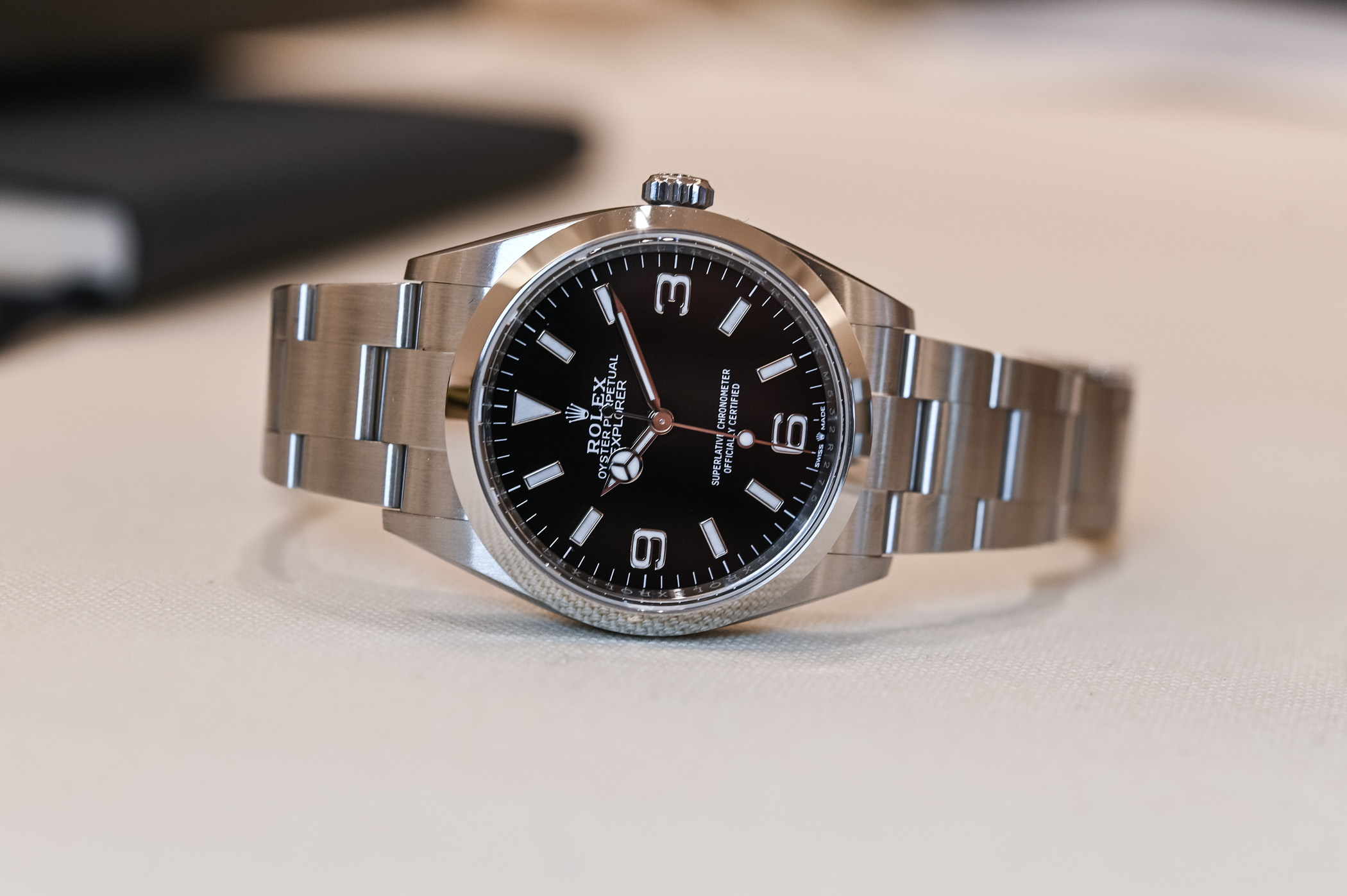
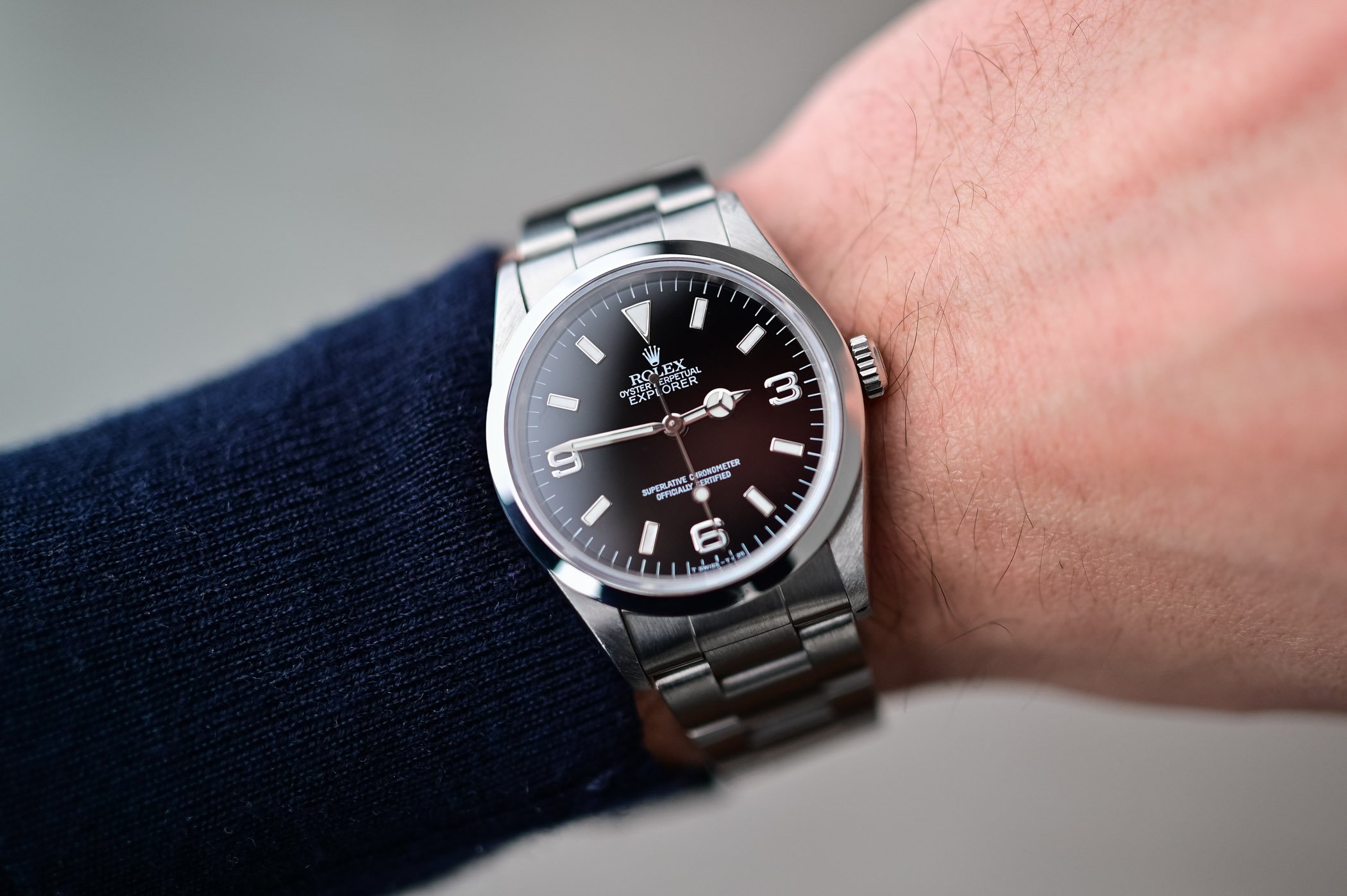
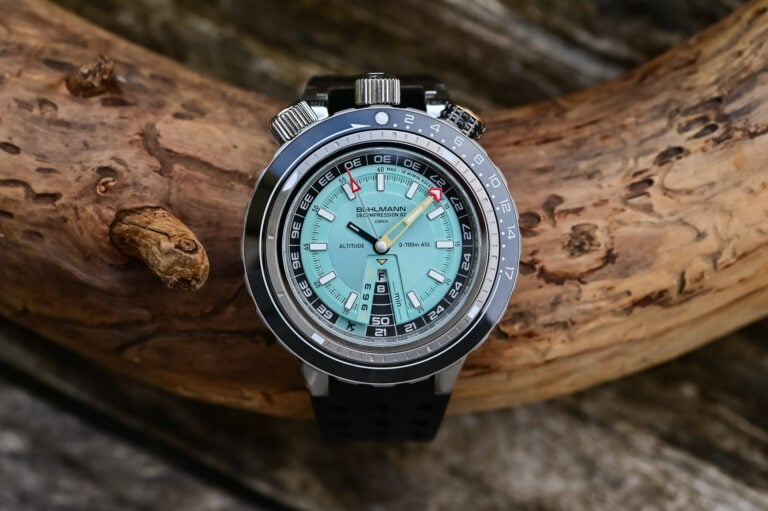
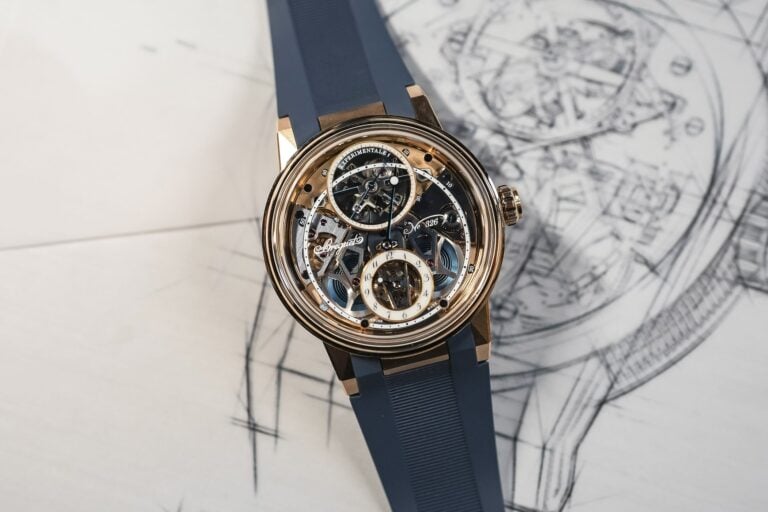
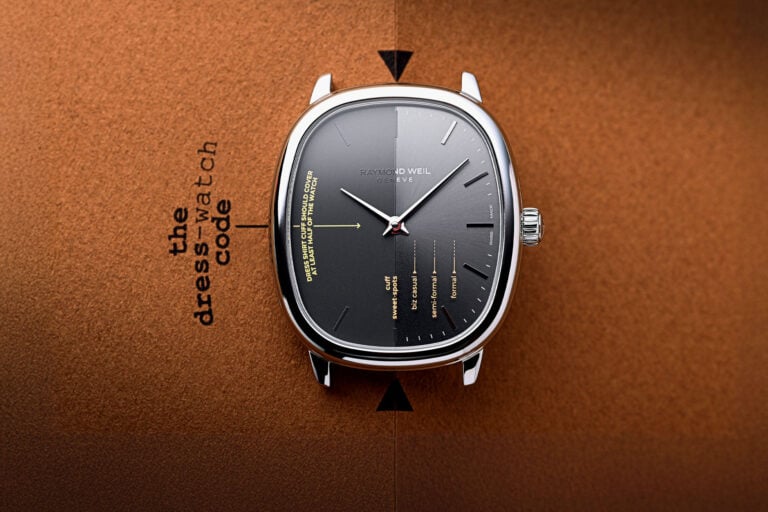
9 responses
I cannot read any history piece on the Rolex explorer without thinking Smiths, Smiths, Smiths, and Smiths. Rolex even apologised to the British historical society for that debacle surrounding Sir Edmund Hillary. In a letter. Which they have.
So why the original gangster, the watch that was actually used in a caper or two, and which has been GADA since 1932, does not get the love I will never understand.
I’ll take an Oyster Perpetual over an Explorer any day of the week.
It always was an Oyster Perpetual derivative wrapped in a lot of marketing bullshit, but never was original, innovative or „new“. The Explorer is one of the most overrated watches, with a following to fall for the name, the stories and paying a premium when it is just a derivative of Rolex cheapest most basic entry level model at an inflated price.
Until just a few years ago this was not a cool sports Rolex, but a pseudo sports watch being purchased for the other half (not caring about watches, not wanting to spend too much), being purchased because there was no black dial Oyster Perpetual or simply because it was heavily discounted.
The hype is not justified and the stories are just that: Stories. Any Datejust would have survived the Everest just as good, because it is about the same watch.
Had this watch and gave it to my dad. He certaintly does not baby it and it is completely covered by scratches now. I am kind of heartbroken and want it back.
“bonified”?
@NotEnoughWrists That’s how we pronounce it down south ?. And yes, it should be bona fide and the other somehow slipped in there.
Can we please stop repeating the story that Hillary wore a Rolex to the summit of Everest this was proven at the time to be incorrect (MD of Rolex UK conceded the fact in a letter published in the Horological journal)
To this day Rolex never claim he did, only that they supplied the expedition as a whole.
a smiths everest is so good and more legit, especially the version without the 3-6-9 dial 🙂
I bought my Rolex Explorer in January 1967 in Albany New York for the modest price of $185.00. For the past 58 years it has been on my wrist as I traveled and explored the world in a rewarding career that has taken me to 178 countries as well as most of the worlds rivers including weeks on the Congo in the early 1970’s with the Peace Corps. I have had it back to Rolex NYC twice for service. The second time (2012) was for the replacement of the crystal and black face. I am on my third braclet. As I have not yet retired I am still confident that my Rolex Explorer will continue to keep me on time to catch flights, meet train schedules, boat sailing times as well as appointments. I have left a request with the family…”the Rolex goes in the urn with me”.
@Vincent James Abramo: Love that story ?